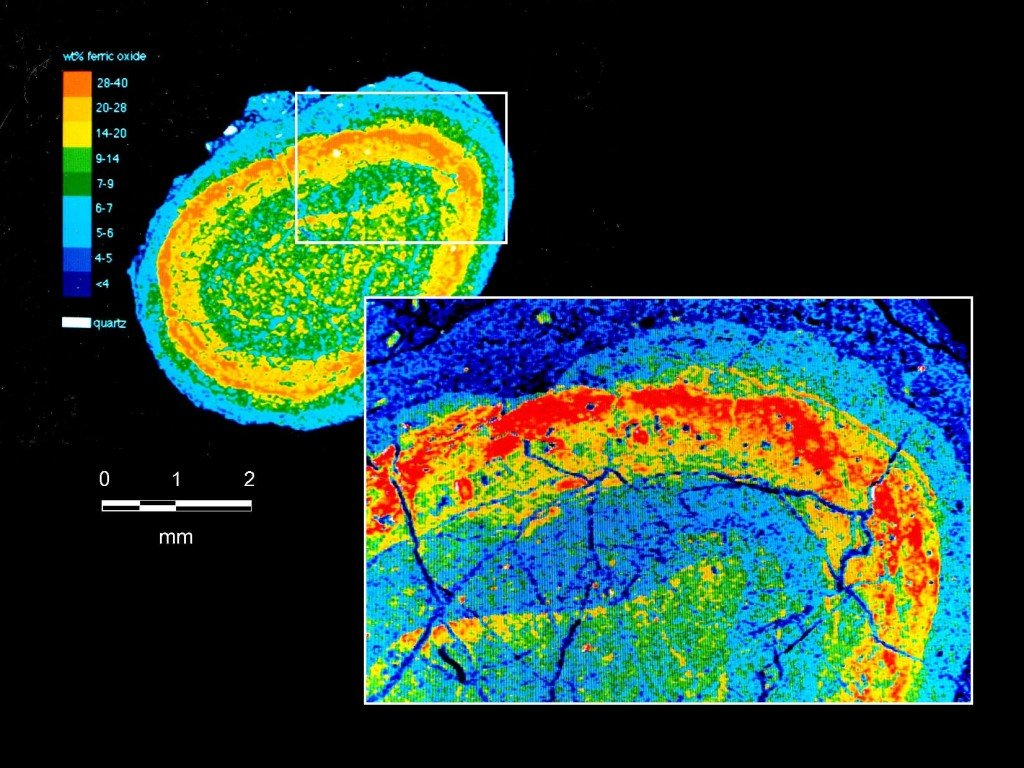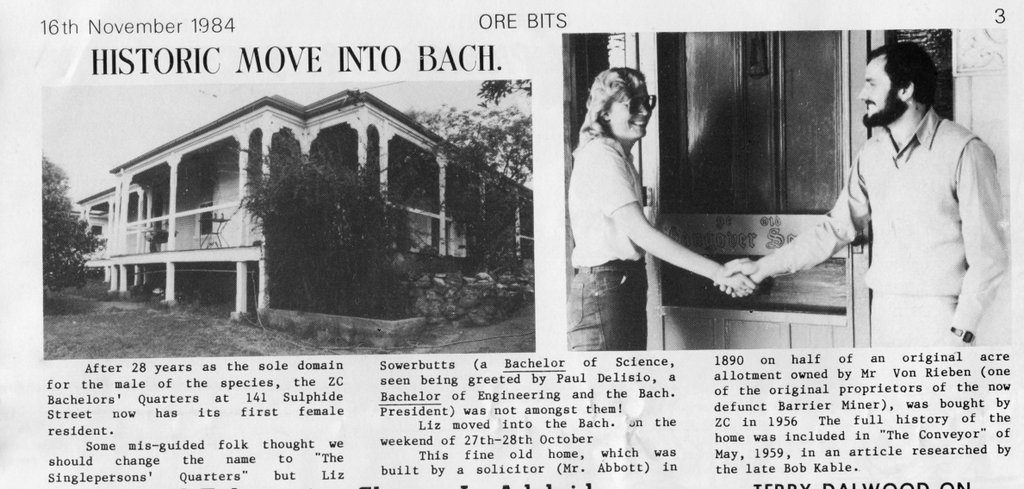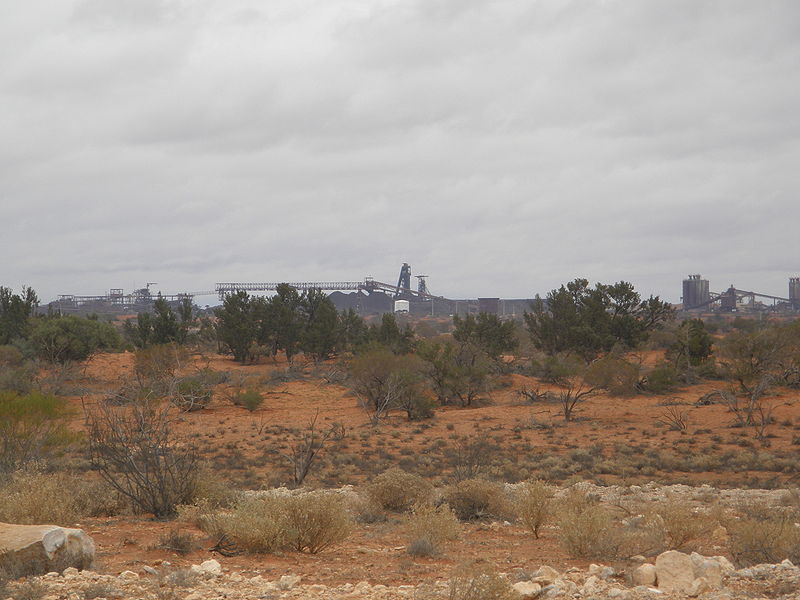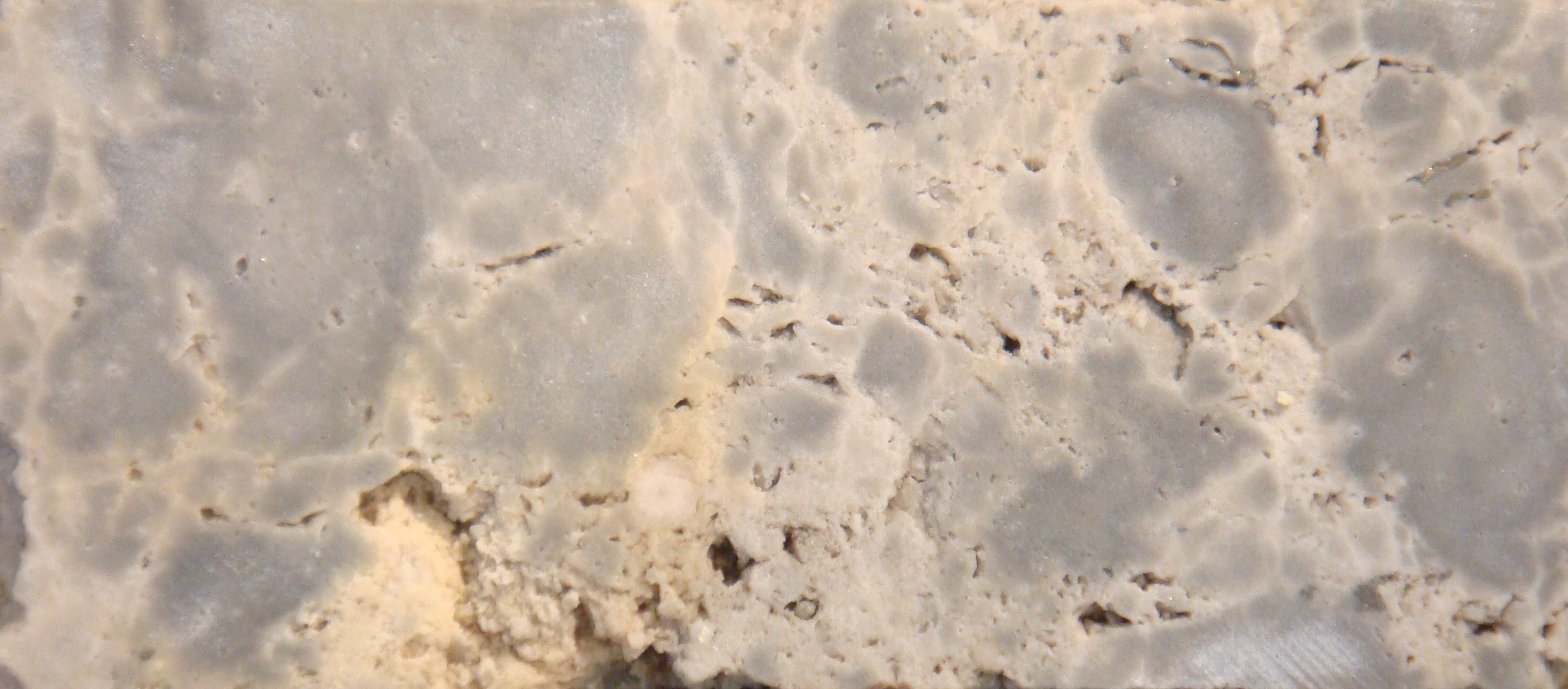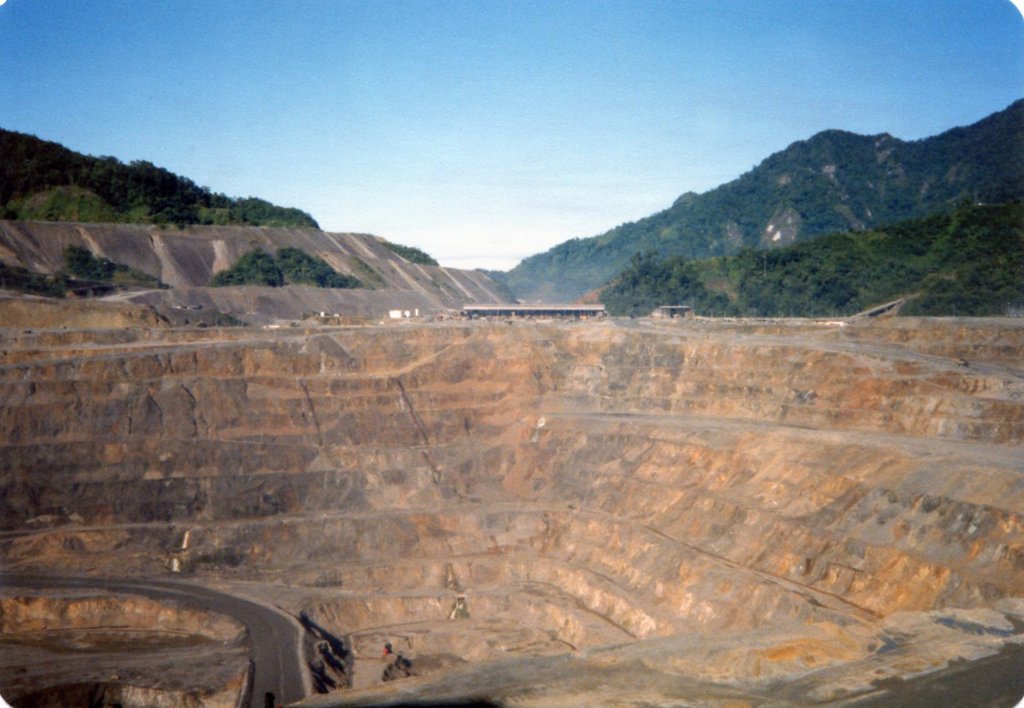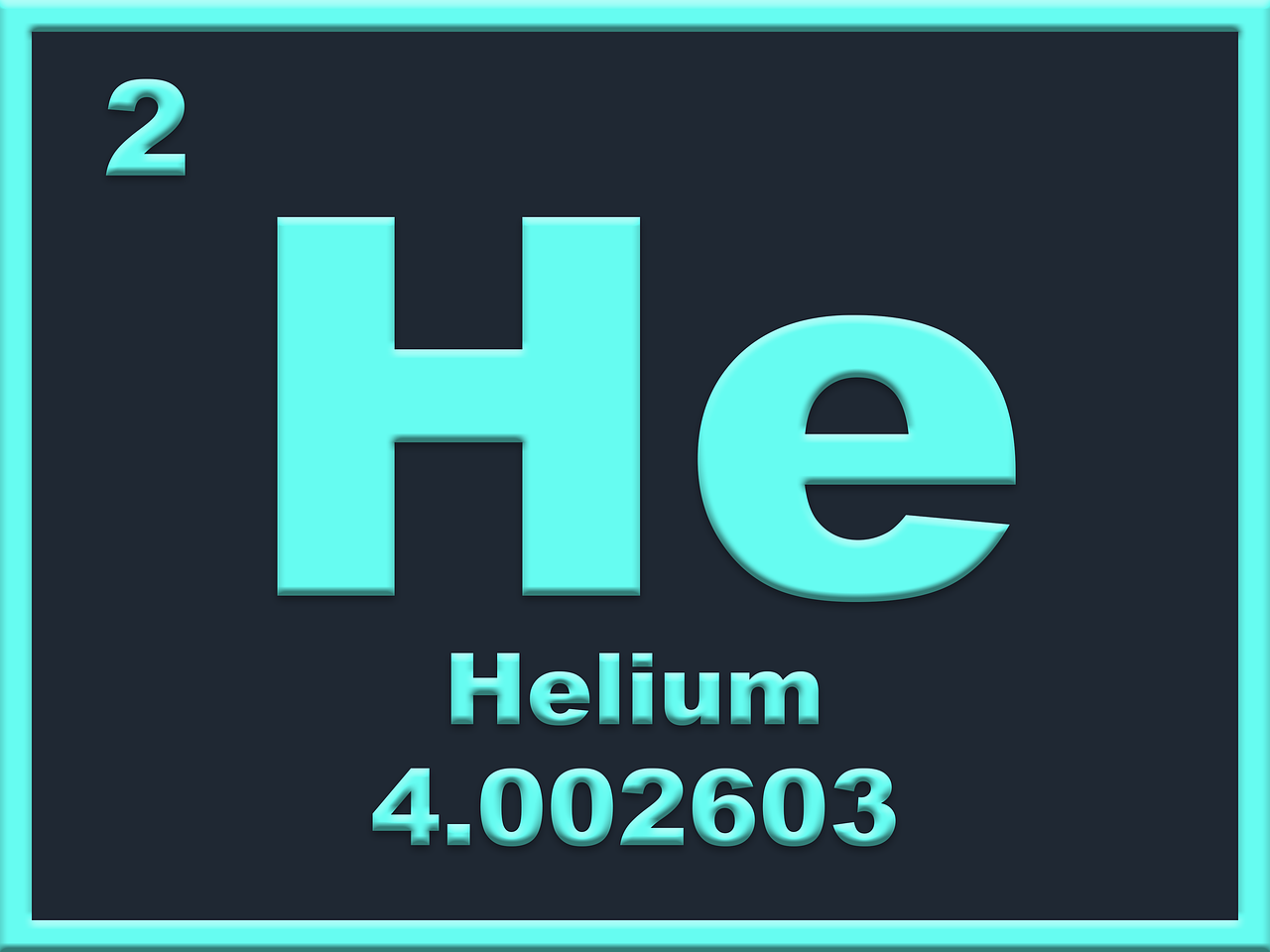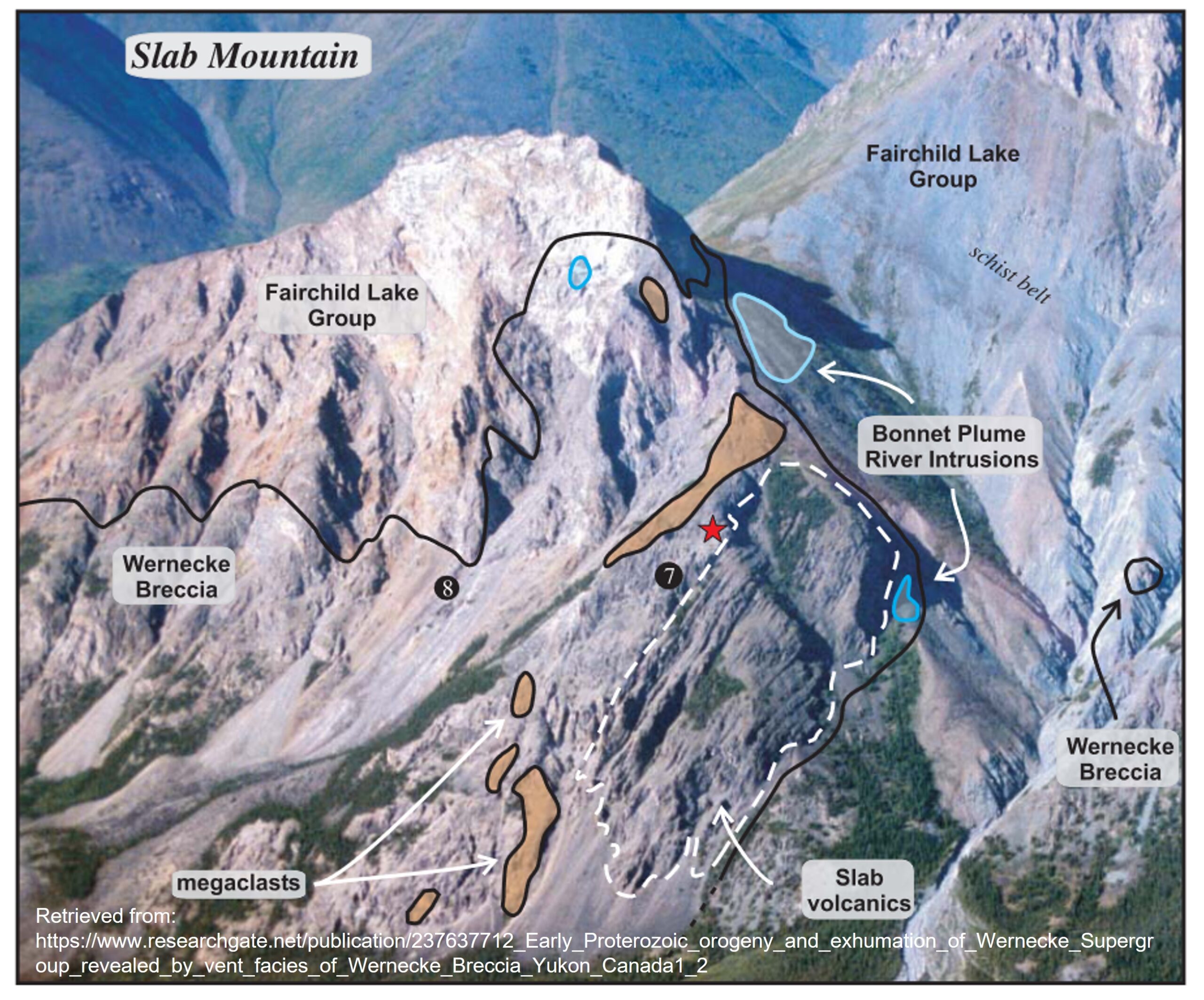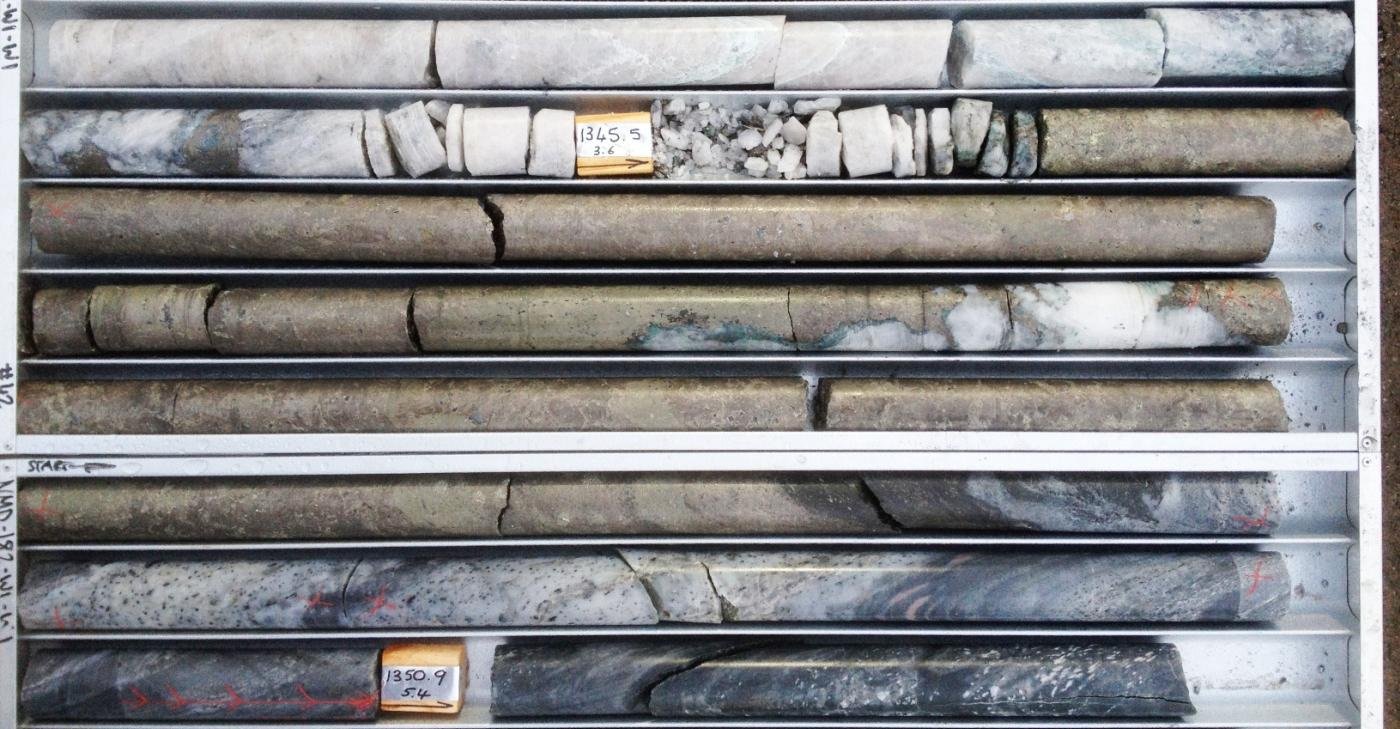“Gold! Gold! Gold from the American River!”
“Gold! Gold! Gold from the American River!” Those words uttered from Samuel Brannan upon his arrival in San Francisco, California created a large scale immigration of settlers from all over the world. People became inspired by the “American Dream” of instant wealth through luck, hard work and perseverance. Many arrived from different cultural backgrounds and this diversity gave birth to what California is today. In 1846 there were only 700 foreigners and 300,000 Native Americans living in California. By 1849 the gold rush had brought in nearly 40,000 miners.
Over 750, 000 pounds of gold was mined from California during the rush. But the gold rush did not only bring wealth to the state and those who mined it. It also brought forth cultural change and an evolution in the gold mining industry.
1840-1842:
Most literature cites the start of the gold rush since 1848. However gold had been mined in California for several years prior to its more widely publicized landmark discovery. Gold was first discovered in the early 1840’s in the Placerita Canyon (40 km north of Los Angeles) by Francisco Lopez. Word did not only travel, but it did inspire a small “rush” of about 2000 miners from the state of Sonora. California did not become a U.S state until 1847, so it could be said the first gold discovered was in Mexico.
1848:
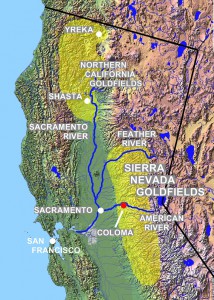
When John Sutter arrived in California in 1839 he had hopes of building an agricultural empire. John had collaborated with James Marshall, a carpenter and sawmill operator, to build a sawmill near the Sierra Mountains in the town Coloma, California. In January 1848, James Marshall discovered “shiny metal” in the American River and reported it back to Mr. Sutter. This discovery set forth the great “California Gold Rush”.
Although James Marshall was accredited with the start of the gold rush, it took a bit more ingenuity and perseverance to create a spark. In March of 1848 the first “rumblings” of gold in the Sierra Mountains hit newsstands in San Francisco, to little fanfare and much skepticism.
Samuel Brannan was a famous entrepreneur who helped perpetuate the rush to California. Samuel owned a store in John Sutter’s fort and printed the California Star. After hearing about John Sutter’s gold mines. Samuel Brannan headed north to see what the fuss was all about. Returning in April, he wrote a six page article in the California Star which described the vast mineral wealth in the Sacramento valley. He put together a mule train to travel to Missouri and deliver the exciting news. It wasn’t until May 1848 that Samuel arrived in San Francisco’s port with that famous golden bottle and stirred the hearts of many. Everyone along the west coast of America, and the city of San Francisco flocked to the Sacramento valley to begin mining.
Samuel saw an opportunity. He immediately purchased all of the gold mining supplies within the area and became the official supplier of the gold rush. This endeavor lead him to become one of the richest men in California. He expanded to three stores in the Sacramento valley and earned nearly $5000 per day during the gold rush ($157,000 in 2013).
1849:
People from all over the world came to California hoping to strike it big. Foreigners that sought to mine in California became known as the 49’ers. Most men in America borrowed money, remortgaged their homes or spend their life savings and take the risk of heading out California. These men left their farmland behind to their wives to take on the responsibility of providing for their family and taking care of the farm.
1850-1852:
The Gold rush was in full swing as production of the precious metal increased during these years.
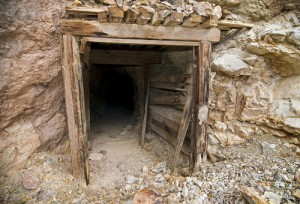
Surface gold began to disappear by 1851, new discoveries decreased and production declined by 1852. Resourceful miners discovered gold-bearing quartz veins and moved their operations from the surface to underground. The Gold Hill Mine in Nevada County, California became the first quartz-gold mine in in the state.
1853-1857:
Production continued to decline and had stabilized by 1857. When gold was discovered in ancient river beds within the hills, miners began to employ hydraulic mining methods.
The Trek
There were three routes used by the 49er’s to reach California; the Oregon-California Trail, the Panama Shortcut and Cape Horn. Each of these routes had their benefits and risks.
The Oregon-California trail was predominately used by poor American settlers who couldn’t afford to travel by ship and made the trek using covered wagons. The trip lasted between 5 to 6 months. Over 29,000 early miners made this trek and many died of disease or cholera.
The Panama shortcut only took 2 to 3 months, but it was a difficult and expensive journey. American miners travelled by ship along the east coast to the Isthumus of Panama. This was prior to the construction of the Panana Canal. Once there, they had to make the trek inland and across the jungle to reach Panama City. The journey was difficult and many gold seekers died of disease or malaria. If they survived the jungle, they would try to catch a ship heading to San Francisco. Travelling by ship was much more expensive than travelling by wagon and the confined quarters of the ships increased the likelihood of being struck by disease or illness.
The route around Cape Horn was the longest and lasted from 5 to 8 months. The trip was considered quite dangerous due to the length of time at sea. Miners sailed along the east coast of the United States down to the tip of South America. Despite advertisements of deluxe accommodations aboard new and expensive ships, many miners ended up crammed in whaling ships where close quarters and poor nutrition led to disease and scurvy.
Mining Methods
Gold mining methods in California evolved as gold became harder to discover and extract. In the early years, miners were brought in from Sonora State, Mexico. The “Sonorans” had experience working in gold mines and brought their expertise to California. They dug through the river beds and laid the extracted material on a cloth to dry in the sun. Once the material was dry enough it was then placed in a pan and tossed in the air. Lighter sediments were carried away with the wind while the gold settled to the bottom. This method was very inefficient and was later replaced by panning, cradle boxes and sluice boxes which are still used today by placer gold miners.

As the river and stream beds were depleted, the miners began to dig underground. Shafts were sunk into the Earth and miners worked with pick axes, hydraulic and air compressed drills to extract the ore from quartz veins.
By 1853, larger mining companies had begun using more extreme methods. Miners diverted water from higher elevations into hoses which were directed at the base of hillsides. The soil, gravel and fractured rock stripped away by the jets of water were fed into machinery which would separate out the gold. This was known as “hydrofracking” or hydraulic mining and became infamous for its devastating impact on the landscape. In 1884 hydraulic mining was banned by the state courts.
Gold got things started in California, but the mining industry is an integral part of history in many areas throughout the world. Many communities can trace their roots to adventurers, treasure hunters, prospectors and the resourceful entrepreneurs that followed in their wake.

